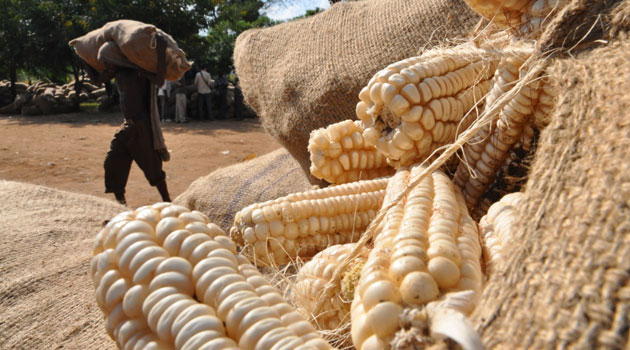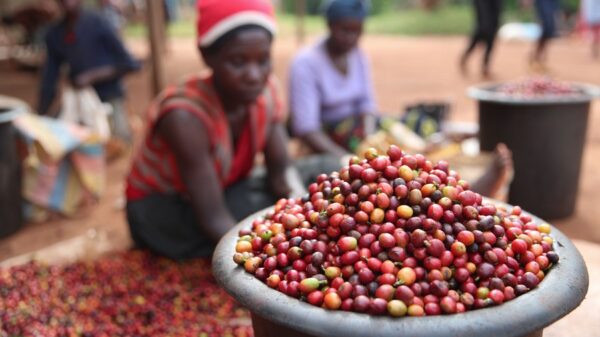
Under this form of financing, farmers and traders of wheat, maize, barley and sorghum will have access to secure and affordable short-term loans, after delivering and storing their grain in warehouses accredited by EAGC/FILE
Under this form of financing, farmers and traders of wheat, maize, barley and sorghum will have access to secure and affordable short-term loans, after delivering and storing their grain in warehouses accredited by EAGC.
The farmers will use the warehouse receipts as collateral to obtain credit from the bank.
Chase Bank Head of Agribusiness, Kathleen Goense says the financial sector is ripe to offer farmers this form of financing as the country moves towards embracing devolution and endeavouring to achieve Vision 2030 goals.
“For the agricultural sector to meet its objectives under the Vision 2030 Economic Pillar, the financial sector must offer solid solutions that can be implemented to diminish the challenges that large, medium and small scale farmers and traders face. Farmers and traders of grain produce can now store their commodities in warehouses approved by East African Grain Council and access upfront 65 percent financing from the bank,” she said.
She underlined that under this arrangement with EAGC, farmers and traders will be able to meet their immediate financial needs without reliance on selling their produce after harvest.
“This means that they do not need to sell their produce immediately, they can store and sell it later on getting attractive prices,” she said.
Goense explained that the Warehouse Receipt Finance from Chase to farmers and traders is expected to unlock their potential. She noted that Chase Bank is keen on supporting the government in developing institutional infrastructure that will improve management of household food security as well as ease access to regional markets for Kenyan traders and farmers through financing such as the Warehouse Receipt Financing.
Warehouse receipt financing is entirely new in Kenya as its legal framework and regulatory structure is still under legislative stages.
If the Warehouse Bill is approved by Parliament, the warehouse receipts will be negotiable instruments, a development which could transform the face of agricultural sector in the country.
If passed into law, Warehouse Receipts (WRS) can greatly facilitate financing of agriculture as they could serve as highly credible collateral for agriculture credit.
The importance of WRS stems from the fact that it can provide surplus-producing farmers (including smallholders) with a market window, which can help them secure best possible deal, by allowing them to deal directly with downstream buyers and financiers, and overcome unbalanced power relationships within the market chain.
Farmers (or groups of farmers) can overcome various embedded market constraints by depositing their crops in a warehouse that dries, cleans and grades them according to established standard, and holds them until they wish to sell.
Kenya’s agricultural development remains the most significant contributor to GDP. The sector directly contributes 24 percent of the Gross Domestic Product (GDP) directly and another 13 percent indirectly.
Forty-five percent of government revenue is derived from agriculture and the sector contributes over 75 percent of industrial raw materials and more than 60 percent of the export earnings.
The sector is the largest employer in the economy, accounting for 60 percent of the total employment. Over 80 percent of the population, especially in rural areas, derives their livelihoods mainly from agriculture-related activities.


































